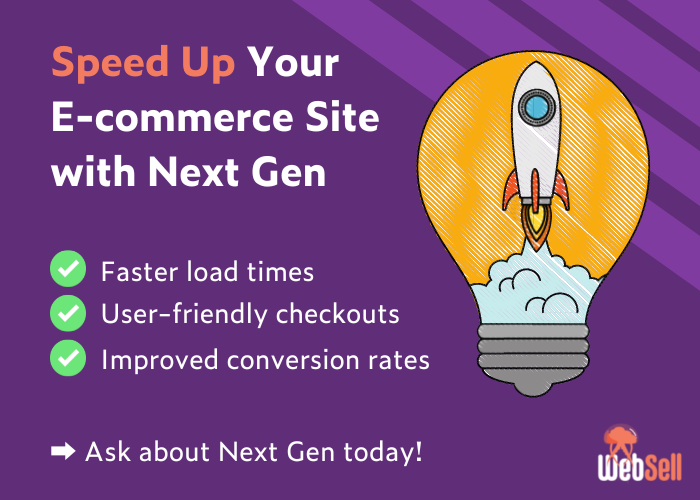E-commerce websites have become the preferred mode of shopping for millions of consumers worldwide. However, with the rise of online shopping, it’s important to ensure that everyone, including those with disabilities, can access and use these websites. That’s why it’s crucial for e-commerce businesses to make sure their websites are ADA compliant.
In this blog post, we’ll explore what ADA compliance is and why it’s important for retailers. We’ll also share some tips on how to achieve ADA compliance for your e-commerce website.
What is ADA compliance?
ADA stands for Americans with Disabilities Act. It’s a federal law that prohibits discrimination against individuals with disabilities in all areas of public life, including jobs, schools, transportation, and all public and private places that are open to the general public. This also includes e-commerce websites.
In terms of website compliance, ADA compliance means ensuring that your website is accessible to individuals with disabilities. This can include providing text-to-speech options, closed captioning, easy navigation, and much more.
Why is ADA compliance important for retailers?
ADA compliance is not only important for ethical reasons but also for legal reasons. Failing to comply with ADA guidelines can result in lawsuits, fines, and other legal repercussions. In fact, in 2018, there were over 2,200 website accessibility lawsuits filed in federal courts.
Aside from the legal aspect, having an ADA-compliant website can also improve your brand image and reputation. It shows that your business is inclusive and cares about all customers, including those with disabilities. By making your website accessible to everyone, you’re expanding your customer base and increasing the potential for sales.
How to achieve ADA compliance for your e-commerce website:
1. Use clear and concise language
Make sure your website content is easy to read and understand. Use simple language and avoid technical jargon or complex sentence structures.
2. Provide alternative text for images
For those with visual impairments, adding alt text to your images can provide a description of what the image represents. This can help them understand the content of your website even if they can’t see the images.
3. Use proper HTML
Using proper HTML can make your website more accessible. This includes using heading tags (H1, H2, H3, etc.) for page titles and subheadings, providing descriptive links, and avoiding the use of tables for layout.
4. Provide closed captioning for videos
Closed captioning can be incredibly helpful for those with hearing impairments. Adding this feature to your website’s videos can make them accessible to a wider audience.
5. Use descriptive page titles
Page titles help users understand what the page is about. Make sure your page titles are descriptive and accurately reflect the content on the page.
6. Ensure proper color contrast
Use high-contrast colors for text and background to make it easier to read. This can be especially important for those with visual impairments.
How WebSell retailers can get ADA compliant
If you’ve built your own website, running through the list above can be time-consuming. If you use WebSell to power your e-commerce, we can do it all for you when you upgrade to Next Gen. Our new Next Gen webstore themes are fully ADA compliant out of the box, as well as being hyper-fast and user-friendly.
So as well as upgrading your online customer experience, you can stay ADA compliant too. When designing your new webstore, our design team build your site from the ground up ensuring all elements are fully ADA compliant and pass all major website accessibility tests.
Learn more about Next Gen and upgrading your website design here. Or you can book a call with our specialist to discuss your Next Gen upgrade.

Conclusion
Achieving ADA compliance for your e-commerce website is crucial in today’s digital age. Not only is it important from a legal standpoint, but it’s also the right thing to do. By making your website accessible to everyone, you’re expanding your customer base and improving your brand image.
Get the latest e-commerce tips and news
-

Leveraging Out-of-Stock Products for E-commerce Success
Running an e-commerce business can be a rollercoaster ride. You’ve got a specific product that’s become a customer favorite, and it’s selling like hotcakes. But there’s a catch – the item is out of stock. Your online store now faces the challenge of managing out-of-stock products. How can you navigate this situation to drive growth…
-

Mastering SEO-Optimized Product Descriptions for E-commerce
Product descriptions can make or break your sales. Crafting compelling, SEO-optimized product descriptions is a critical skill for online retailers. A well-written description can not only drive traffic to your product page but also convince potential customers to make a purchase. In this guide, we’ll show you how to write product descriptions that not only…
-

How to Craft the Perfect E-commerce Welcome Email
Today, we’re unraveling the art of crafting the perfect welcome email. In a world where first impressions matter more than ever, your welcome email is your digital handshake, setting the tone for your customer relationship. Let’s explore why it’s crucial to welcome new subscribers to your email list and gather some stellar ideas to make…